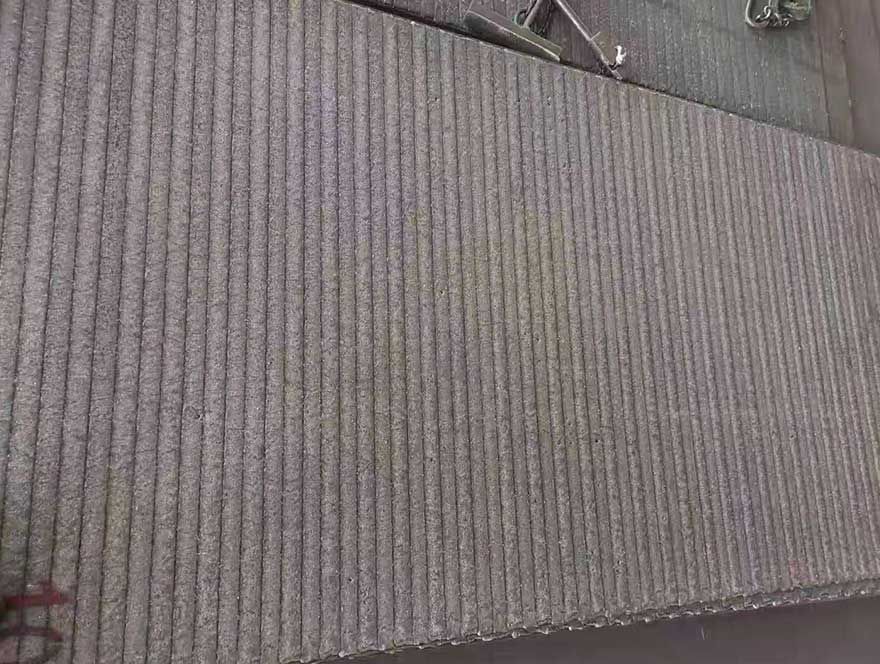What is Wear Plate?
In industries where machinery and equipment face abrasive and erosive forces, wear plates emerge as unsung heroes, providing protection and durability.
1. Understanding Wear Plates:
1.1 Definition:
Wear plates, also known as abrasion-resistant or AR plates, are flat sheets or plates made from materials designed to withstand the effects of wear, impact, and abrasion. They are strategically placed in areas of machinery or equipment prone to deterioration due to friction and harsh conditions.
1.2 Key Characteristics:
Wear plates are characterized by their high hardness, toughness, and resistance to abrasion. These properties make them effective in protecting critical components subjected to repetitive friction and impact.
2. Applications:
2.1 Heavy Machinery:
Wear plates find widespread use in heavy machinery across industries such as mining, construction, and agriculture. They shield components like buckets, blades, and chutes from the abrasive forces encountered during operations.
2.2 Material Handling:
Conveyors, hoppers, and transfer chutes in material handling systems benefit from the installation of wear plates. This prevents premature wear and extends the lifespan of these components.
2.3 Mining Equipment:
Mining equipment, including crushers, screens, and mineral processing machinery, often incorporates wear plates to resist the abrasive impact of mined materials.
2.4 Earthmoving Equipment:
Bulldozer blades, excavator buckets, and other components in earthmoving equipment utilize wear plates to withstand the abrasive nature of soil, rocks, and debris.
3. Materials Used:
3.1 Hardened Steels:
Wear plates are commonly made from hardened steels, including AR400, AR450, AR500, and beyond. These steels undergo heat treatment processes to enhance hardness and toughness, making them suitable for challenging environments.
3.2 Ceramic Composites:
Some wear plates feature ceramic composites, combining ceramics with other materials. These composites offer exceptional hardness and resistance to abrasion, making them ideal for high-wear applications.
3.3 Overlay Plates:
Overlay plates consist of a base material, often mild steel, with a layer of abrasion-resistant material welded onto the surface. This approach combines the toughness of the base material with the wear resistance of the overlay.
4. Installation and Maintenance:
4.1 Precision Installation:
Proper installation of wear plates is crucial for their effectiveness. Precise fitting and secure attachment ensure that the plates provide optimal protection to vulnerable components.
4.2 Regular Inspection:
Regular inspection of wear plates is essential to identify signs of wear and determine when replacement is necessary. This proactive approach helps prevent extensive damage to underlying machinery.
5. Benefits of Wear Plates:
5.1 Extended Equipment Lifespan:
The primary benefit of wear plates is their ability to significantly extend the lifespan of machinery and equipment by protecting critical components from abrasion and impact.
5.2 Reduced Downtime:
By minimizing wear and preventing premature failure of components, wear plates contribute to reduced downtime. This is particularly crucial in industries where continuous operation is essential for productivity.
5.3 Cost Savings:
The upfront investment in wear plates translates into long-term cost savings by reducing the frequency of component replacements and associated maintenance costs.
Wear plates stand as robust defenders against the relentless forces of abrasion and impact in industrial settings. From mining operations to material handling systems, the strategic use of wear plates enhances the durability and efficiency of machinery. Choosing the right materials, precise installation, and regular maintenance are key considerations in optimizing the benefits of wear plates, ensuring they continue to play a vital role in preserving the integrity of industrial equipment.
200
0
0
Previous: Why Tape Drywall Joints?



Comments
All Comments (0)